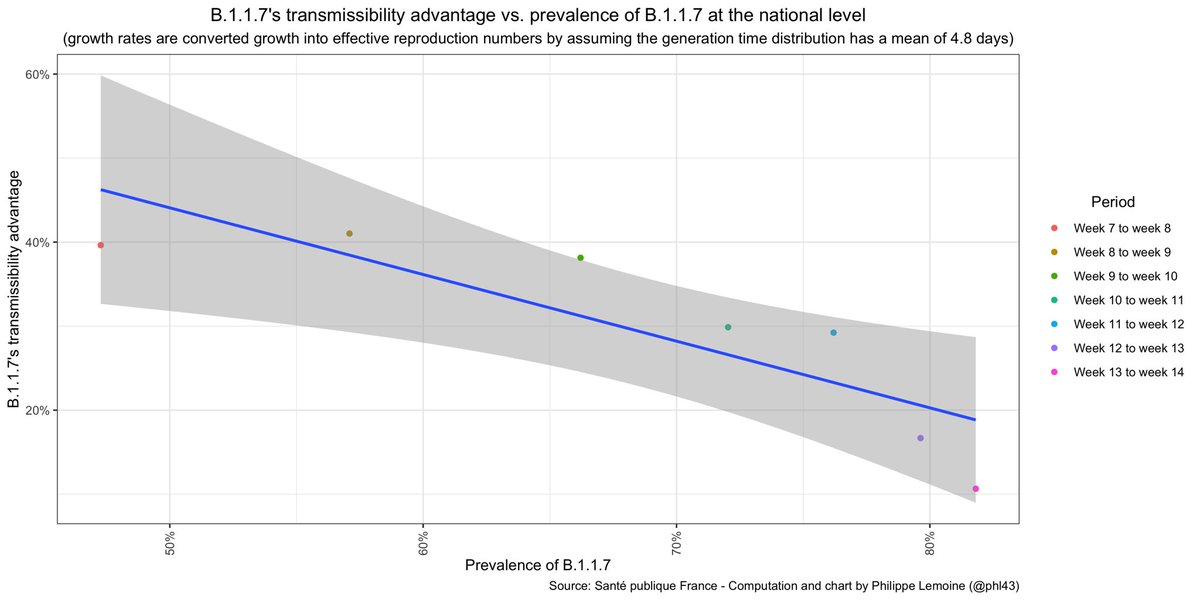
I've heard this objection over and over again in response to my argument that lockdowns don't pass a cost-benefit test and it's such an obvious non-sequitur that it just baffles me that people keep raising it. marginalrevolution.com/marginalrevolu… 

The idea is that, if lockdowns don't make a big difference because voluntary behavior changes have a similar effect on transmission, they also don't make a big difference on people's well-being because people are going to do the same thing no matter what.
https://twitter.com/MrUrben/status/1385012145646153731
But that's a non-sequitur because the fact that state-enforced lockdowns don't have a large effect on transmission beyond what voluntary behavior changes would achieve in the absence of government interventions doesn't mean that people behave in the same way under a lockdown.
For instance, under current lockdown rules in France, people can't have a drink at the terrace of a café. If this were allowed, it would have no meaningful effect on transmission, but the fact that it's not possible has a meaningful effect on people's well-being. This isn't hard.
The fact that so many people fail to grasp this obvious point has been a constant source of sorrow for me, but apparently they really don't since every time I make this argument about the role of voluntary behavior changes people raise that objection 🤷♂️
• • •
Missing some Tweet in this thread? You can try to
force a refresh





